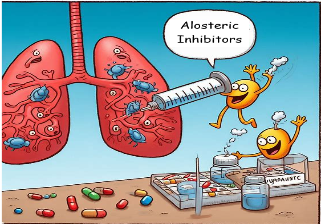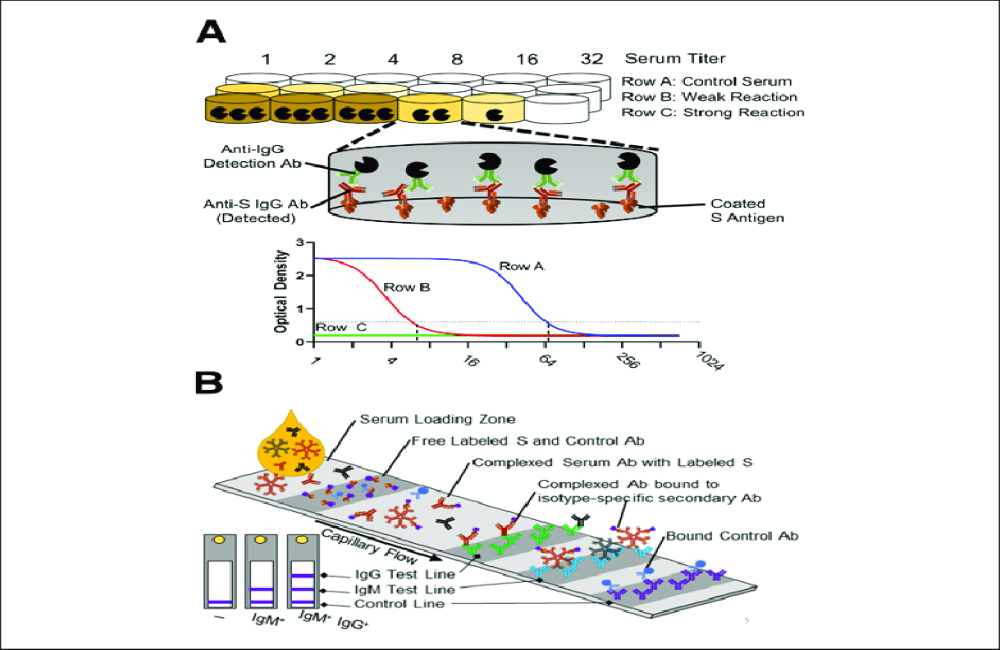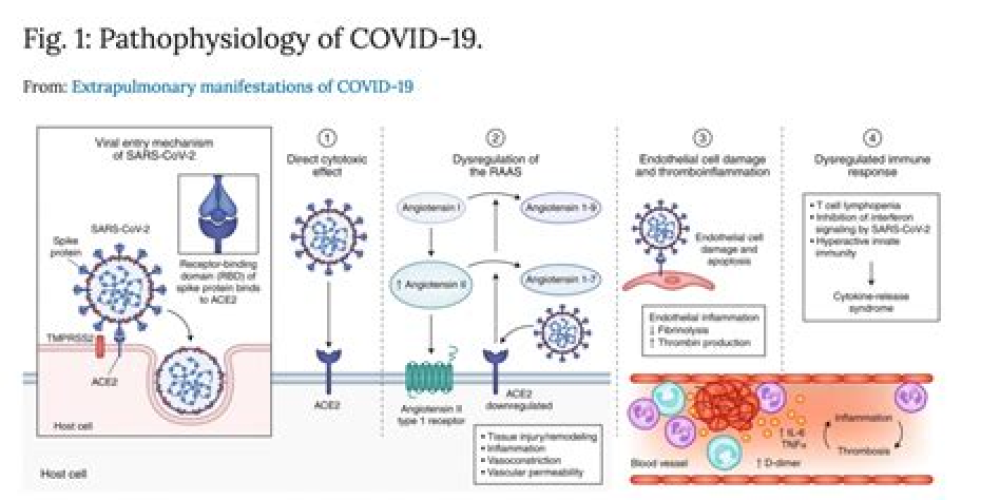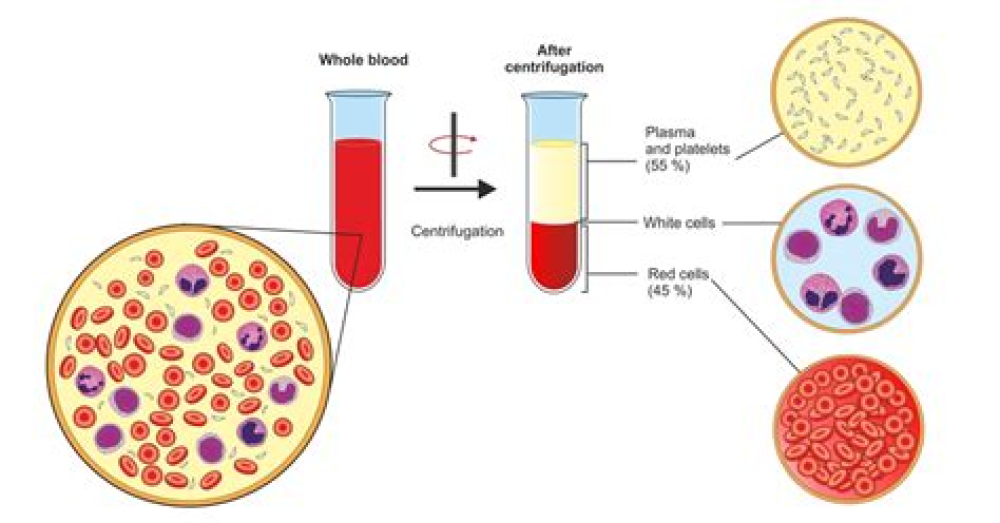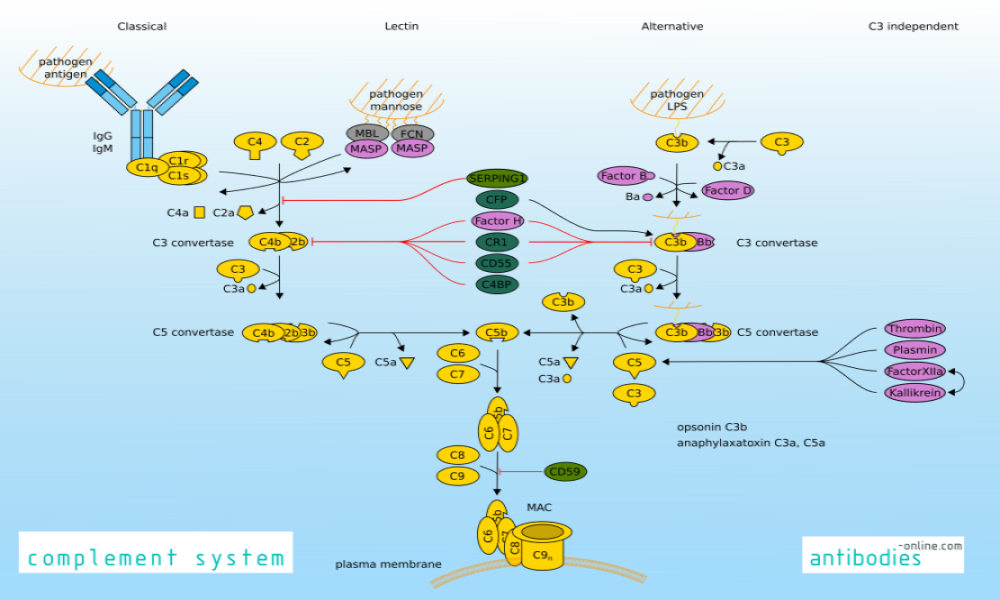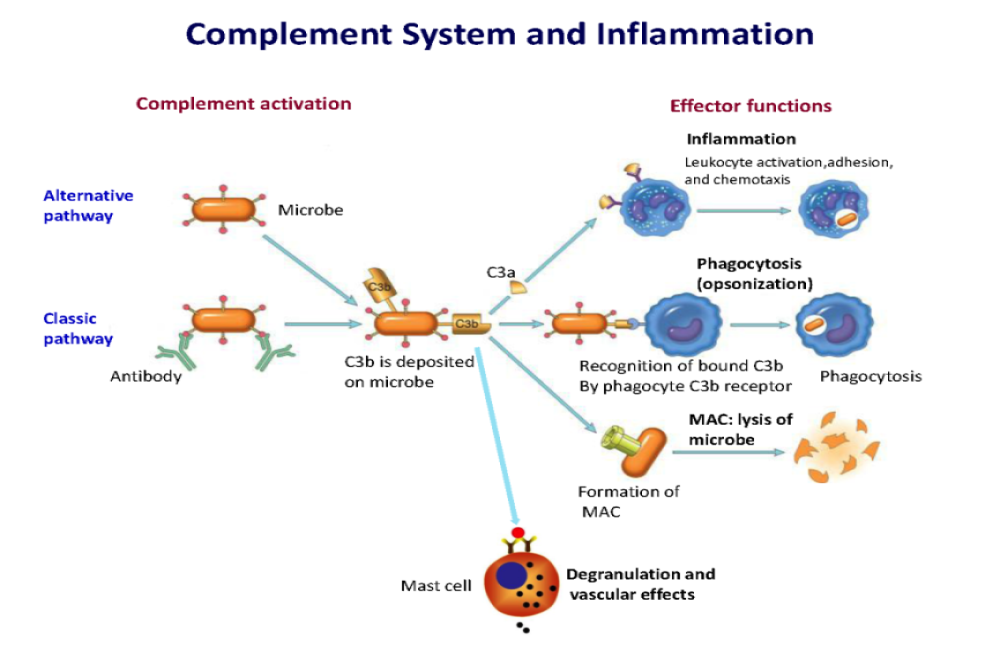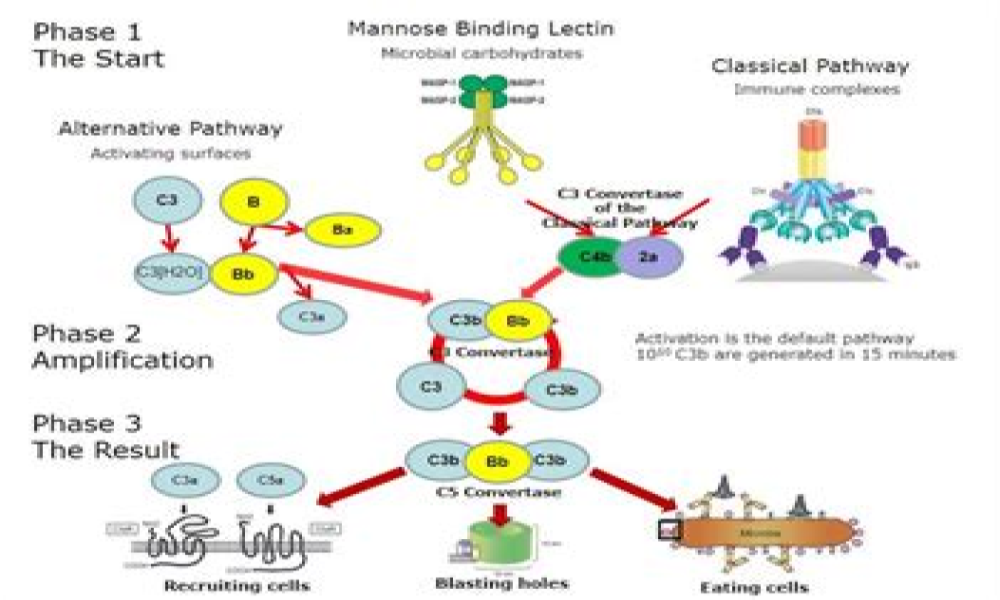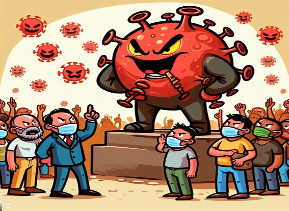
Long Covid explanation in new study possibly paves way for tests and treatments
Scientists say that drugs that calm a key part of the immune system should be studied in clinical trials as potential long Covid treatments. Long Covid impacts some adults’ blood…[...]
Read More
